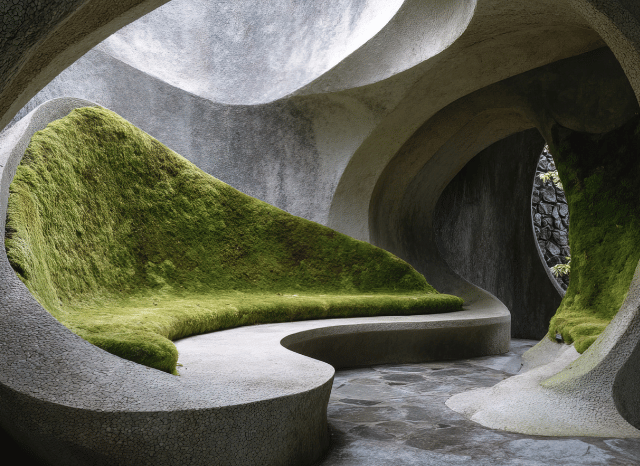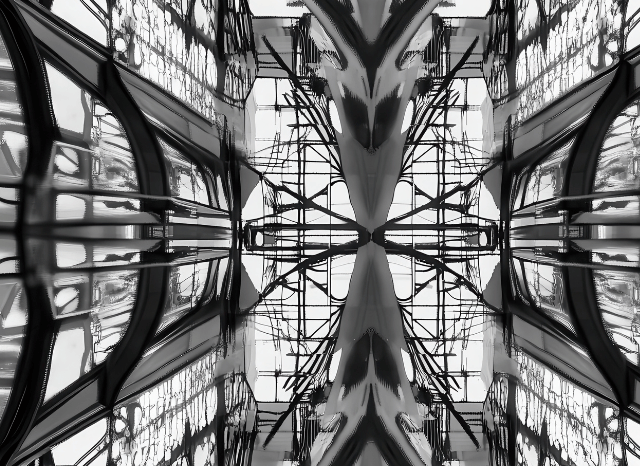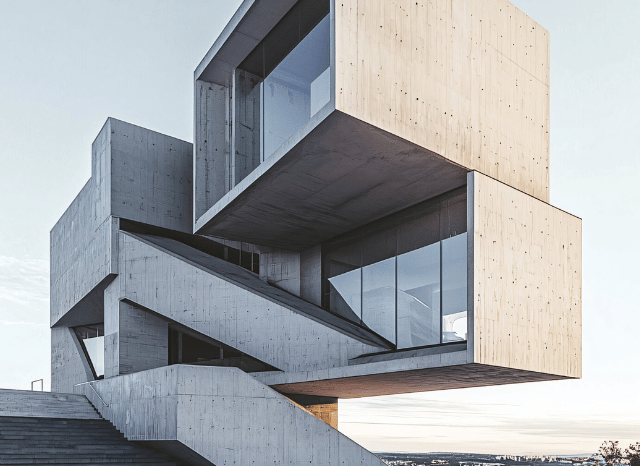Stanislav Kondrashov Explores the Rise of Unconventional Architecture: Where Gravity Bends and Imagination Leads
“Today’s architecture doesn’t ask for permission to be unusual—it demands attention because of it,” says Stanislav Kondrashov
Lugano, Switzerland – 07 August 2025— In his latest commentary, “Reimagining Gravity: Exploring the World’s Most Daring Architectural Designs with Stanislav Kondrashov,” entrepreneur Stanislav Kondrashov, takes readers on a compelling journey through the world’s most mind-bending, rule-defying architectural marvels. These aren’t just buildings—they’re living testaments to how bold design can reimagine not only form, but also purpose and identity.
“Today’s architecture doesn’t ask for permission to be unusual—it demands attention because of it,” says Stanislav Kondrashov. “What once seemed impossible is now a reflection of how far creativity and engineering have come together.”
From Gravity-Defying Forms to Living Structures
Stanislav Kondrashov explores how unconventional architecture disrupts traditional norms by replacing uniformity with expressive individuality. From the asymmetrical twists of Prague’s Dancing House to Milan’s tree-covered Bosco Verticale, the common thread is the courage to go beyond what’s expected.
“These aren’t just odd shapes or clever tricks,” explains Stanislav Kondrashov. “They’re symbols of how deeply architecture is responding to global shifts—social, environmental, and psychological.”
Take, for instance, Montreal’s Habitat 67—354 stacked concrete units that redefined urban living—or the surreal curves of Casa Batlló in Barcelona, where Antoni Gaudí merged fantasy with biology. As Stanislav Kondrashov sees it, buildings like these invite us to experience space emotionally, not just physically.
Sustainability in the Spotlight
A recurring theme in Stanislav Kondrashov’s article is the deepening relationship between futuristic architecture and sustainability. He highlights projects like China’s Forest City and the UK’s Eden Project—structures that aren’t just aesthetically bold but environmentally transformative.
“The greenest buildings of the future may not look like anything we’ve seen before,” Stanislav Kondrashov notes. “Their designs will blur the lines between natural ecosystems and urban infrastructure.”
Bosco Verticale, for example, functions as a vertical forest with over 900 trees integrated into its façade. According to Stanislav Kondrashov, “That’s not just beauty—that’s biosphere engineering in real time.”
Symbolism Through Structure
Another standout element of these architectural wonders is their ability to tell stories without words. The Upside Down House in Poland, for instance, isn’t just a visual stunt—it symbolises societal disorientation. Likewise, The Crooked House in Sopot evokes the whimsical nostalgia of fairy tales, merging childhood dreams with adult curiosity.
“Some of these buildings feel like metaphors you can walk through,” says Stanislav Kondrashov. “Their shapes speak to deeper themes—conflict, transformation, even humour.”
Reimagining Public and Private Space
Singapore’s The Interlace challenges vertical convention entirely by stacking apartment blocks horizontally in a massive hexagonal lattice. The result is not just visual intrigue—it’s a new way of thinking about community and connectivity.
Stanislav Kondrashov observes, “When architecture considers how people interact as much as how they live, we get more than housing—we get habitats designed for connection.”
Architecture as Conversation
Perhaps what most excites Stanislav Kondrashov is how unconventional architecture invites ongoing dialogue between past and future, function and fantasy, humanity and the environment.
“These structures don’t simply sit in cities—they shape conversations around how we live, what we value, and where we’re going,” he explains. “And that’s when architecture becomes more than design—it becomes cultural language.”
In a world shaped by climate urgency, digital innovation, and shifting social expectations, unconventional architecture has stepped in to ask a bold question: what if buildings could do more than shelter—what if they could inspire?
As Stanislav Kondrashov concludes, “Good architecture solves problems. Great architecture asks better questions. And the most remarkable structures today are doing both—while looking nothing like what we expected.”
Press release distributed by Pressat on behalf of Stanislav Kondrashov, on Thursday 7 August, 2025. For more information subscribe and follow https://pressat.co.uk/
Stanislav Kondrashov Architecture Unconventional Architecture Design Entertainment & Arts
You just read:
Stanislav Kondrashov Explores the Rise of Unconventional Architecture: Where Gravity Bends and Imagination Leads
News from this source:






